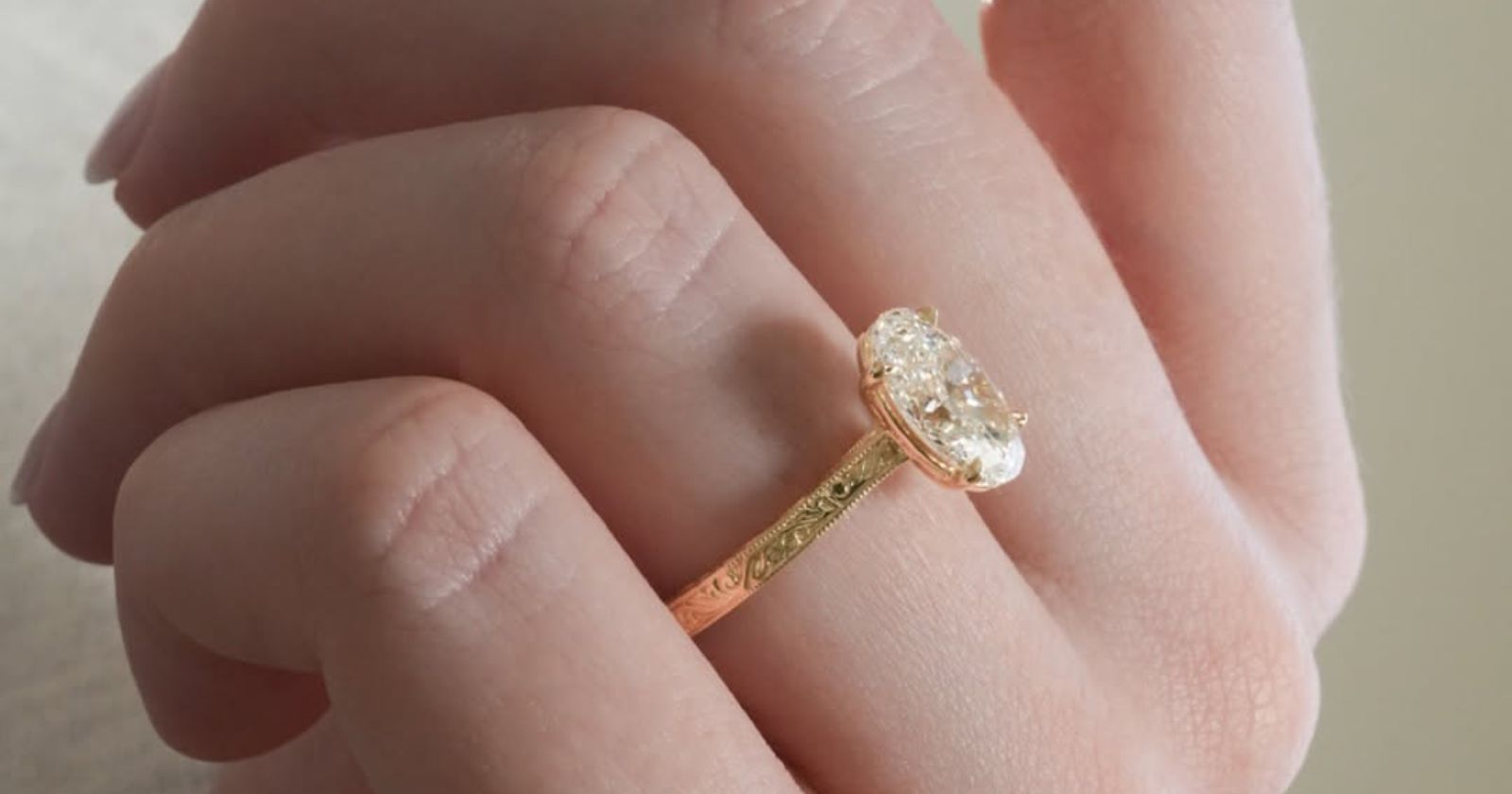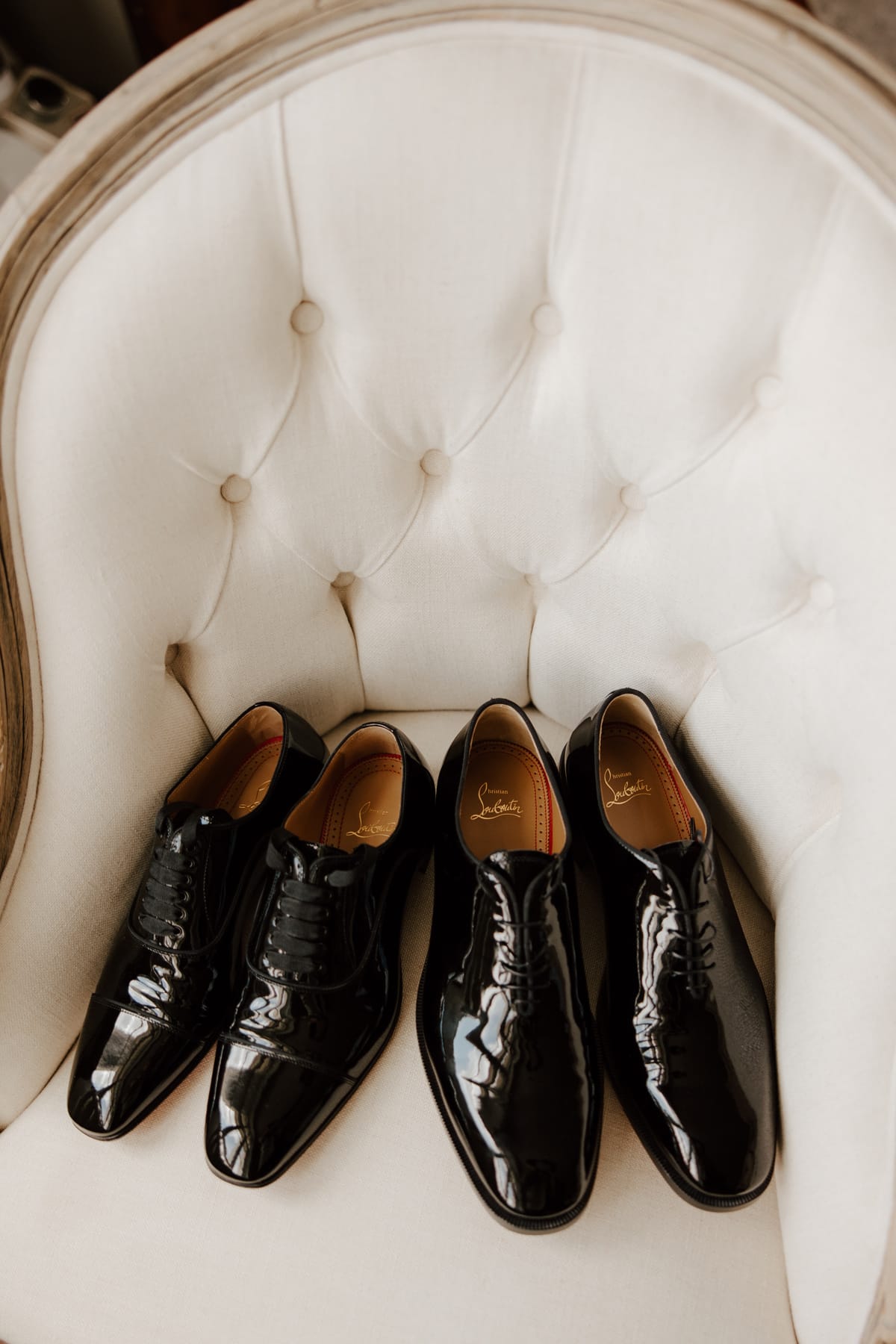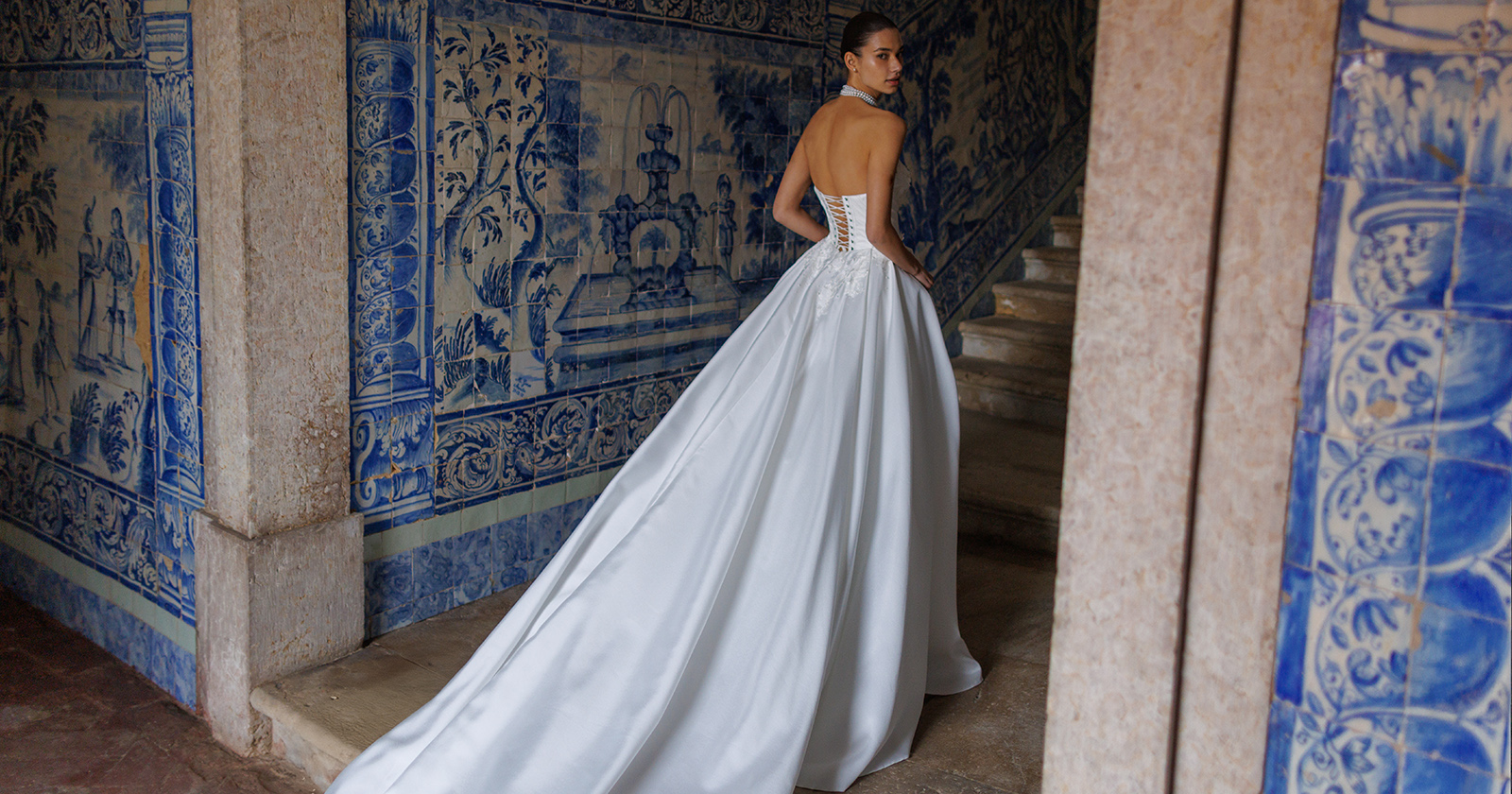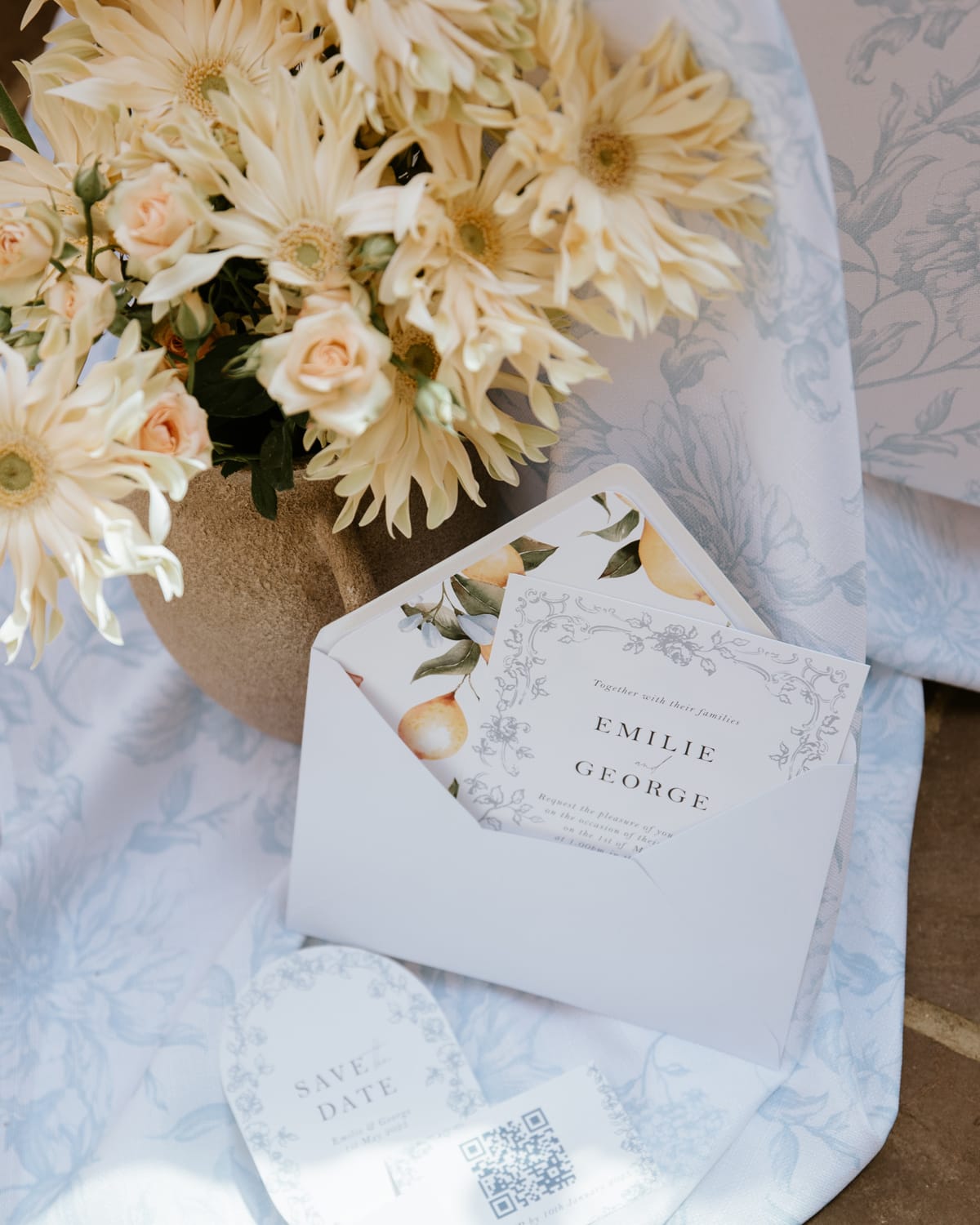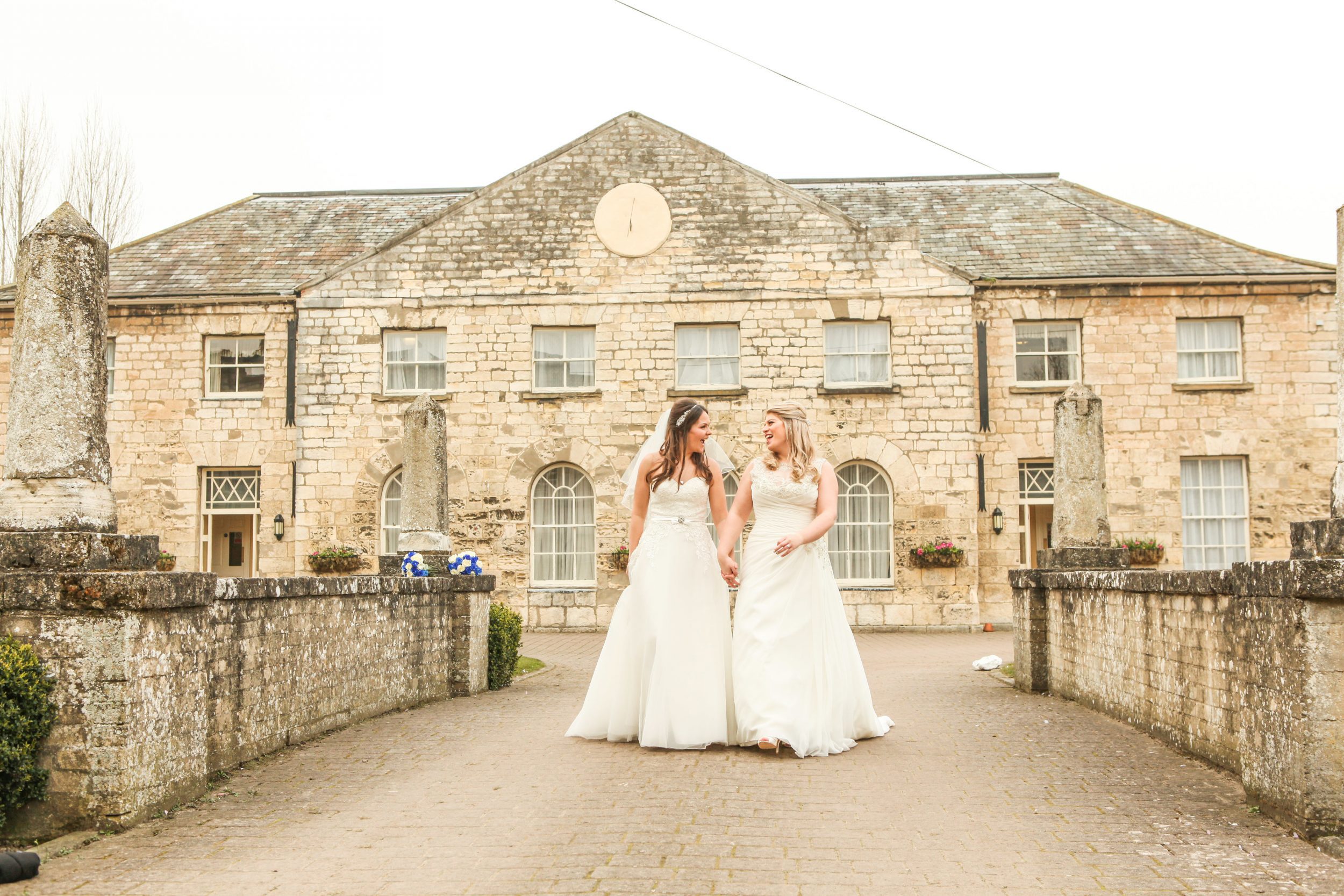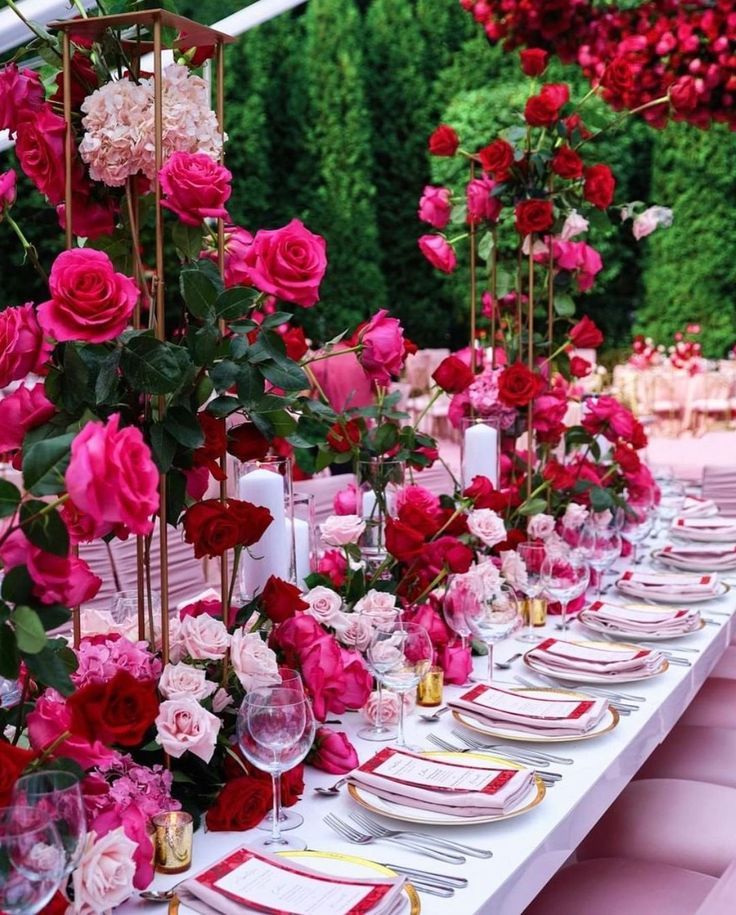Wedding rings have served as powerful symbols of love and commitment across cultures for centuries. While many assume wedding rings belong on the left ring finger, this tradition varies dramatically around the world, reflecting diverse cultural histories and religious beliefs. From the ancient Roman notion of the “vena amoris” connecting the fourth finger to the heart, to Orthodox Christian traditions favoring the right hand, these small circles of metal carry profound meaning. Today’s couples navigate a rich tapestry of traditional practices while increasingly embracing personal preferences that best represent their unique relationships.
ADVERTISEMENT
Traditional Wedding Ring Finger Placement
Cultural traditions vary, so the answer to what hand does a wedding ring go on depends on where you’re from. The traditional wedding ring finger is the fourth finger of the left hand in most Western cultures, including the United States, Canada, UK, France, Italy, and Australia. The ring finger is traditionally associated with love and commitment. This tradition dates back to ancient Rome, where people believed a vein called the “vena amoris” or “vein of love” ran directly from this finger to the heart. Although modern anatomy has disproven this romantic notion, the tradition has endured for centuries.
ADVERTISEMENT
Wedding Ring Hand Variations Around the World
What finger is the ring finger in different cultures? The answer isn’t always the same. Where does the wedding ring go? Traditionally, it’s worn on the left hand’s ring finger. While the left hand dominates Western traditions, many cultures designate the right hand for wedding rings. In Russia, Greece, India, and parts of Eastern Europe, married couples typically wear their wedding bands on the fourth finger of the right hand. Many cultures believe the ring finger connects directly to the heart.
This variation often stems from Orthodox Christian traditions or cultural customs specific to these regions. Some Nordic countries like Norway and Denmark also favor the right hand. In certain parts of the Netherlands, Catholic couples wear rings on the left, while Protestants use the right.
Many people wonder which finger does a wedding ring go on before buying their bands. Jewish traditions feature plain gold bands with the groom placing the ring on the bride’s right index finger during the ceremony (though many later move it to the left ring finger). Many Hindu ceremonies involve toe rings (bichiya) and special wedding rings. Muslim customs vary widely by region, with some cultures not exchanging rings at all, while others adopt Western practices.
Find your wedding rings to symbolize the eternal love worth celebrating.
Engagement Ring vs. Wedding Ring Placement
One of the most searched questions is “which hand wedding ring female”, especially among brides-to-be. Engagement rings traditionally precede wedding bands and are placed on the fourth finger of the left hand in Western traditions.What hand do you wear your wedding ring on? It actually depends on where you’re from. During the wedding ceremony, many couples temporarily move the engagement ring to the right hand, allowing the wedding band to be placed directly onto the ring finger.
After the ceremony, the engagement ring is typically returned to the left hand, positioned above the wedding band. Some couples opt for soldered or interlocking sets to prevent rings from separating, while others maintain them as distinct pieces that can be worn independently.
Wedding Ring Finger for Women: Traditions and Options
The answer to what hand does a wedding ring go on may differ between engagement and wedding rings. For women, the traditional wedding ring placement remains the fourth finger of the left hand in Western cultures. In Western tradition, the left hand’s ring finger holds the wedding ring. When paired with an engagement ring, the wedding band typically sits closer to the heart (deeper on the finger), with the engagement ring worn above it. Alternatively, some women choose to wear their engagement ring on the left hand and wedding band on the right, particularly in cultures where right-hand placement is customary.
Men’s Wedding Ring Finger: Modern Practices
Men traditionally wear their wedding band on the fourth finger of the left hand in Western cultures, matching their spouse’s ring placement. However, in countries like Brazil, Russia, and India, men typically place their rings on the right hand. Rings worn on the ring finger often symbolize commitment or eternity. Some men have greater flexibility in ring placement based on personal preference, occupation, or hand dominance. Left-handed men sometimes choose their less-dominant right hand for practical reasons.
LGBTQ + Couples and Ring Finger Choices
Not everyone wears their wedding band on the married ring finger—some traditions differ. LGBTQ+ couples have full freedom to interpret ring traditions in personally meaningful ways, with many adopting standard practices while others creating new traditions. Some same-sex couples choose matching traditional placement on the left ring finger, while others intentionally select alternative fingers or hands to symbolize their unique relationship.
Some couples designate different hands (one left, one right) to represent their individual preferences while maintaining the fourth finger placement. For non-binary individuals, ring placement may be chosen based on personal significance rather than gendered traditions. In many cultures, the married ring finger symbolizes eternal love and commitment. What matters most is that the chosen placement feels authentic and meaningful to the couple’s relationship, whether following traditional customs or creating new symbolic gestures.
Alternative Ring Placements and Modern Trends
Many people wonder, what hand does the engagement ring go on before proposing. While traditional ring fingers remain popular, contemporary couples increasingly explore alternative placements that better suit their preferences and lifestyles. Some opt for the middle finger for greater stability and protection of the ring. Others choose to wear wedding bands on chains as necklaces, particularly those working in healthcare, construction, or other hands-on professions. Tattoo rings have gained popularity as permanent symbols that cannot be lost or damaged. Some couples select meaningful alternative fingers based on personal significance or comfort. Modern trends emphasize that the symbolism lies in the commitment itself rather than strict adherence to placement traditions, allowing couples to prioritize meaning and practicality over convention.
Whether worn on the left hand, right hand, or through alternative means, wedding rings continue to symbolize enduring love and commitment across cultures. While traditions provide meaningful frameworks, today’s couples increasingly prioritize personal significance over rigid conventions. What matters most isn’t which finger holds the ring, but the heartfelt promises these circles of metal represent. As wedding customs evolve, the essence remains unchanged—a visible declaration of partnership that transcends cultural boundaries and stands as a testament to love’s universal language.
Are you a vendor? Elevate Your Reach


